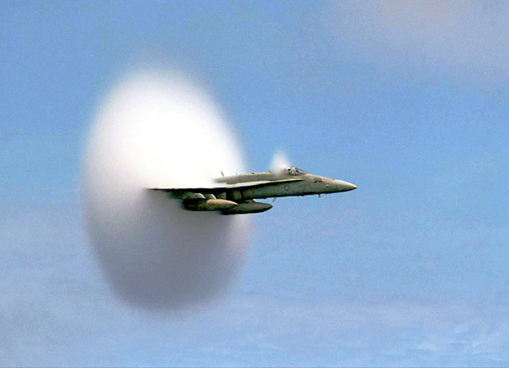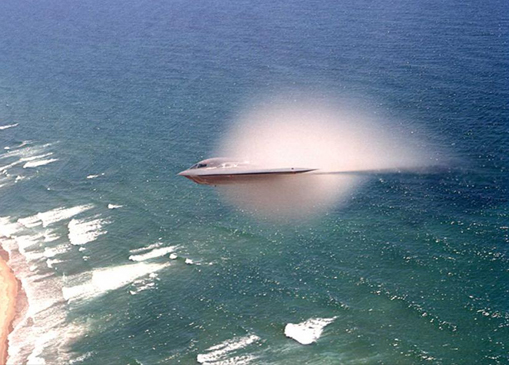The first step in navigation is deciding where one wishes to go. A private pilot planning a flight under VFR will usually use an
aeronautical chart of the area which is published specifically for the use of pilots. This map will depict
controlled airspace, radio navigation aids and
airfields prominently, as well as hazards to flying such as mountains, tall radio masts, etc. It also includes sufficient ground detail - towns, roads, wooded areas - to aid visual navigation. In the
UK, the
CAA publishes a series of maps covering the whole of the UK at various scales, updated annually. The information is also updated in the
notices to airmen, or NOTAMs.
The pilot will choose a route, taking care to avoid
controlled airspace that is not permitted for the flight, restricted areas, danger areas and so on. The chosen route is plotted on the map, and the lines drawn are called the
track. The aim of all subsequent navigation is to follow the chosen track as accurately as possible. Occasionally, the pilot may elect on one leg to follow a clearly visible feature on the ground such as a railway track, river, highway, or coast.

Adjustment of an aircraft's heading to compensate for wind flow perpendicular to the ground track
When an aircraft is in flight, it is moving relative to the body of air through which it is flying; therefore maintaining an accurate ground track is not as easy as it might appear, unless there is no wind at all — a very rare occurrence. The pilot must adjust heading to
compensate for the wind, in order to follow the ground track. Initially the pilot will calculate headings to fly for each leg of the trip prior to departure, using the forecast wind directions and speeds supplied by the meteorological authorities for the purpose. These figures are generally accurate and updated several times per day, but the unpredictable nature of the weather means that the pilot must be prepared to make further adjustments in flight. A general aviation (GA) pilot will often make use of either the
E6B flight computer - a type of
slide rule - or a purpose-designed electronic navigational computer to calculate initial headings.
The primary instrument of navigation is the magnetic
compass. The needle or card aligns itself to
magnetic north, which does not coincide with
true north, so the pilot must also allow for this, called the
magnetic variation (or declination). The variation that applies locally is also shown on the flight map. Once the pilot has calculated the actual headings required, the next step is to calculate the flight times for each leg. This is necessary to perform accurate
dead reckoning. The pilot also needs to take into account the slower initial airspeed during climb to calculate the time to top of climb. It is also helpful to calculate the top of descent, or the point at which the pilot would plan to commence the descent for landing.
The flight time will depend on both the desired cruising speed of the aircraft, and the wind - a tailwind will shorten flight times, a headwind will increase them. The E6B has scales to help pilots compute these easily.
The
point of no return, sometimes referred to as the PNR, is the point on a flight at which a plane has just enough fuel, plus any mandatory reserve, to return to the airfield from which it departed. Beyond this point that option is closed, and the plane must proceed to some other destination. Alternatively, with respect to a large region without airfields, e.g. an ocean, it can mean the point before which it is closer to turn around and after which it is closer to continue. Similarly, the Equal time point, referred to as the ETP (also Critical point(CP)), is the point in the flight where it would take the same time to continue flying straight, or track back to the departure aerodrome. the ETP is not dependant on fuel, but wind, giving a change in ground speed out from, and back to the departure aerodrome. In Nil wind conditions, the ETP is located halfway between the two aerodromes, but in reality it is shifted depending on the windspeed and direction.
The aircraft that is flying across the Ocean for example, would be required to calculate ETPs for one engine inoperative, depressurization, and a normal ETP; all of which could actually be different points along the route. For example, in one engine inoperative and depressurization situations the aircraft would be forced to lower operational altitudes, which would affect its fuel consumption, cruise speed and ground speed. Each situation therefore would have a different ETP.
Commercial aircraft are not allowed to operate along a route that is out of range of a suitable place to land if an emergency such as an engine failure occurs. The ETP calculations serve as a planning strategy, so flight crews always have an 'out' in an emergency event, allowing a safe diversion to their chosen alternate.
The final stage is to note which areas the route will pass through or over, and to make a note of all of the things to be done - which ATC units to contact, the appropriate frequencies, visual reporting points, and so on. It is also important to note which pressure setting regions will be entered, so that the pilot can ask for the
QNH (air pressure) of those regions. Finally, the pilot should have in mind some alternative plans in case the route cannot be flown for some reason - unexpected weather conditions being the most common. At times the pilot may be required to file a flight plan for an alternate destination and to carry adequate fuel for this. The more work a pilot can do on the ground prior to departure, the easier it will be in the air.








